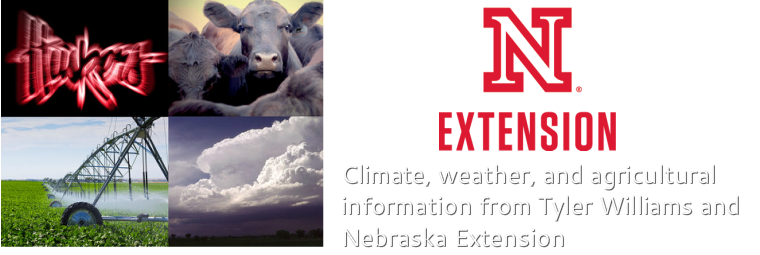|
The graph below shows a comparison of the 1981-2010 (current) climate normals to the 1971-2000 and 1961-1990 climate normals. Climate normals are three-decade averages for temperature and precipitation. The data below show an overall warming trend, especially in the winter months and a trend towards more precipitation in the late spring/early summer. It is not uncommon for climate normals to change, but the trend is something worth watching. This current trend leads to an early warm-up in the spring and increased early season evapotranspiration. An increase in precipitation can make up for the increased demand, as long as the precipitation is timely and does not come in one or two events. This increases the need for good soil structure and infiltration to capture all of the moisture, but still have adequate soil structure for timely field operations.
0 Comments
Leave a Reply. |
AuthorI study weather and climate impacts on agriculture, climate variability, and using weather and climate information to make better agricultural decisions. Archives
November 2017
|
| Ag Climate Nebraska |
|


 RSS Feed
RSS Feed
